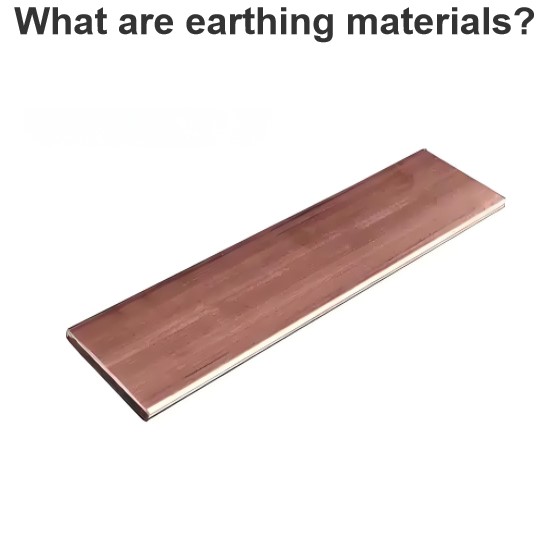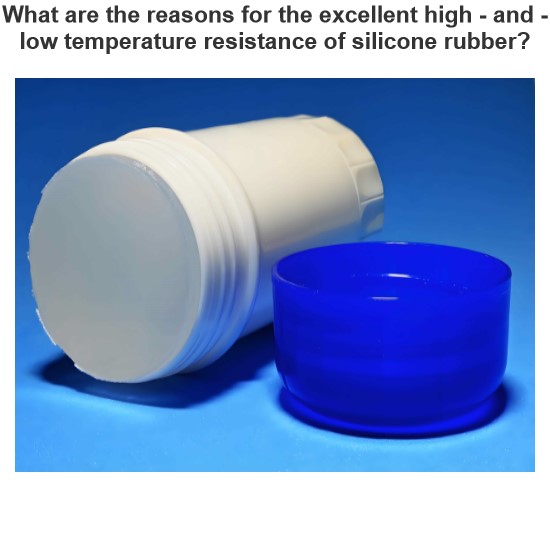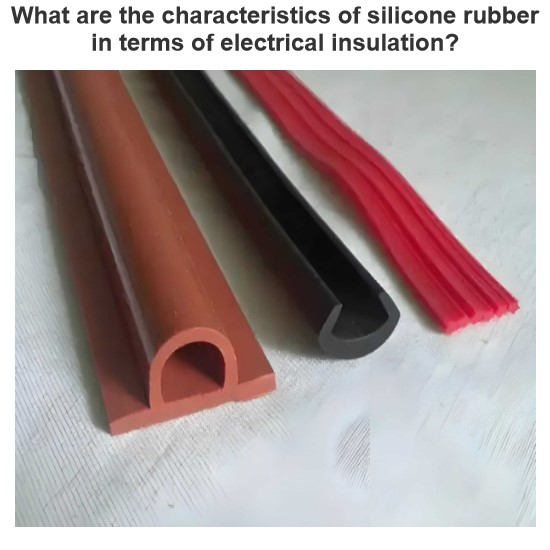Mechanical Properties of Engineering Materials
To finalize the material for an engineering product or application, is it important to understand the mechanical properties of the material. The mechanical properties of a material are those which affect the mechanical strength and ability of a material to be molded in suitable shape. Some of the typical mechanical properties of a material include:
Strength
Toughness
Hardness
Hardenability
Brittleness
Malleability
Ductility
Creep and Slip
Resilience
Fatigue
Strength
It is the property of a material which opposes the deformation or breakdown of material in presence of external forces or load. Materials which we finalize for our engineering products, must have suitable mechanical strength to be capable to work under different mechanical forces or loads.
Toughness
It is the ability of a material to absorb the energy and gets plastically deformed without fracturing. Its numerical value is determined by the amount of energy per unit volume. Its unit is Joule/ m3. Value of toughness of a material can be determined by stress-strain characteristics of a material. For good toughness, materials should have good strength as well as ductility.
For example: brittle materials, having good strength but limited ductility are not tough enough. Conversely, materials having good ductility but low strength are also not tough enough. Therefore, to be tough, a material should be capable to withstand both high stress and strain.
Hardness
It is the ability of a material to resist to permanent shape change due to external stress. There are various measure of hardness – Scratch Hardness, Indentation Hardness and Rebound Hardness.
Scratch Hardness
Scratch Hardness is the ability of materials to the oppose the scratches to outer surface layer due to external force.Indentation Hardness
It is the ability of materials to oppose the dent due to punch of external hard and sharp objects.Rebound Hardness
Rebound hardness is also called as dynamic hardness. It is determined by the height of “bounce” of a diamond tipped hammer dropped from a fixed height on the material.
Hardenability
It is the ability of a material to attain the hardness by heat treatment processing. It is determined by the depth up to which the material becomes hard. The SI unit of hardenability is meter (similar to length). Hardenability of material is inversely proportional to the weld-ability of material.
Brittleness
Brittleness of a material indicates that how easily it gets fractured when it is subjected to a force or load. When a brittle material is subjected to a stress it observes very less energy and gets fractures without significant strain. Brittleness is converse to ductility of material. Brittleness of material is temperature dependent. Some metals which are ductile at normal temperature become brittle at low temperature.
Malleability
Malleability is a property of solid materials which indicates that how easily a material gets deformed under compressive stress. Malleability is often categorized by the ability of material to be formed in the form of a thin sheet by hammering or rolling. This mechanical property is an aspect of plasticity of material. Malleability of material is temperature dependent. With rise in temperature, the malleability of material increases.
Ductility
Ductility is a property of a solid material which indicates that how easily a material gets deformed under tensile stress. Ductility is often categorized by the ability of material to get stretched into a wire by pulling or drawing. This mechanical property is also an aspect of plasticity of material and is temperature dependent. With rise in temperature, the ductility of material increases.
Creep and Slip
Creep is the property of a material which indicates the tendency of material to move slowly and deform permanently under the influence of external mechanical stress. It results due to long time exposure to large external mechanical stress with in limit of yielding. Creep is more severe in material that are subjected to heat for long time. Slip in material is a plane with high density of atoms.
Resilience
Resilience is the ability of material to absorb the energy when it is deformed elastically by applying stress and release the energy when stress is removed. Proof resilience is defined as the maximum energy that can be absorbed without permanent deformation. The modulus of resilience is defined as the maximum energy that can be absorbed per unit volume without permanent deformation. It can be determined by integrating the stress-strain cure from zero to elastic limit. Its unit is joule/m3.
Fatigue
Fatigue is the weakening of material caused by the repeated loading of the material. When a material is subjected to cyclic loading, and loading greater than certain threshold value but much below the strength of material (ultimate tensile strength limit or yield stress limit), microscopic cracks begin to form at grain boundaries and interfaces. Eventually the crack reaches to a critical size. This crack propagates suddenly and the structure gets fractured. The shape of structure affects the fatigue very much. Square holes and sharp corners lead to elevated stresses where the fatigue crack initiates.
Statement: Respect the original, good articles worth sharing, if there is infringement please contact delete.
Electrical4U is dedicated to the teaching and sharing of all things related to electrical and electronics engineering.













